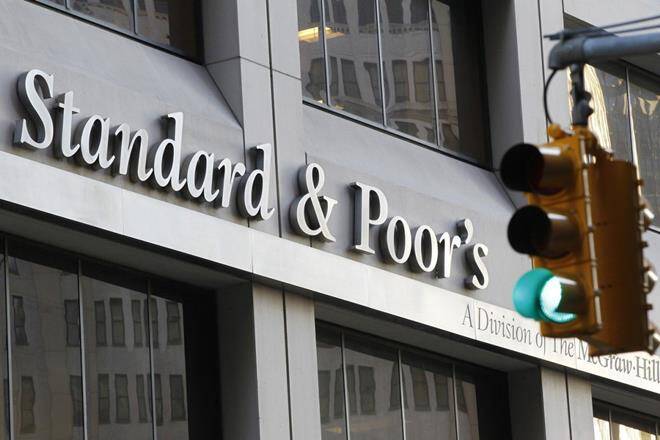The US-based rating agency Standard and Poor’s (S&P) has affirmed ‘B-‘ long-term and ‘B’ short-term sovereign credit ratings on Pakistan. The outlook for the long-term rating is stable. It also affirmed ‘B-‘ long-term issue rating on Pakistan’s senior unsecured debt and sukuk trust certificates.
A press release issued by S&P said, “The COVID-19 pandemic has exacerbated Pakistan’s economic downturn, and we expect the sovereign’s credit metrics to remain under pressure for the next two to three years. Nevertheless, the government had made solid progress toward important fiscal and economic reforms prior to the start of the global coronavirus outbreak, and reform momentum should return once the pandemic is better contained. Multilateral and official funding will remain critical to Pakistan’s external debt sustainability”.
The stable outlook reflects expectations that funding from the IMF and other partners, along with a recent improvement in Pakistan’s balance of payments position, will be sufficient for the country to meet its considerable external obligations over the next 12 months.
It also reflects expectations that donor and partner financing will ensure that Pakistan can meet its external obligations over the next 12 months, and that the country will continue to roll over its commercial credit lines.
S&P may lower its ratings if Pakistan’s fiscal, economic, or external indicators deteriorate further, such that the government’s external debt repayments come under pressure. Indications of this would include external or fiscal imbalances higher than what it expects.
While Pakistan had made progress toward consolidating its fiscal accounts during the first nine months of its Extended Funding Facility (EFF) program with the IMF, related imbalances have been worsened by much slower economic growth since March 2020, the agency said, adding “The pandemic has worsened Pakistan’s deep economic downturn. In particular, domestic demand in the economy remains very weak, as evident from contractions in both real consumption and imports in the fiscal year ended June 2020”.
The Pakistani rupee’s approximately 38 percent depreciation against the U.S. dollar between 2017 and 2020 has also contributed to a considerable decline in the economy’s nominal GDP per capita. We forecast GDP per capita to remain just above $1,200 by the end of this fiscal year, versus closer to $1,600 in fiscal 2018.
“Although we believe the government’s adoption of reforms under the IMF program has been constructive in addressing accumulated economic and external balances, the economy is likely to face further stress until the pandemic is meaningfully contained and global conditions materially improved,” it said.
Conversely, S&P may raise ratings on Pakistan if the economy materially outperforms their expectations, strengthening the country’s fiscal and external positions more quickly than forecast.




